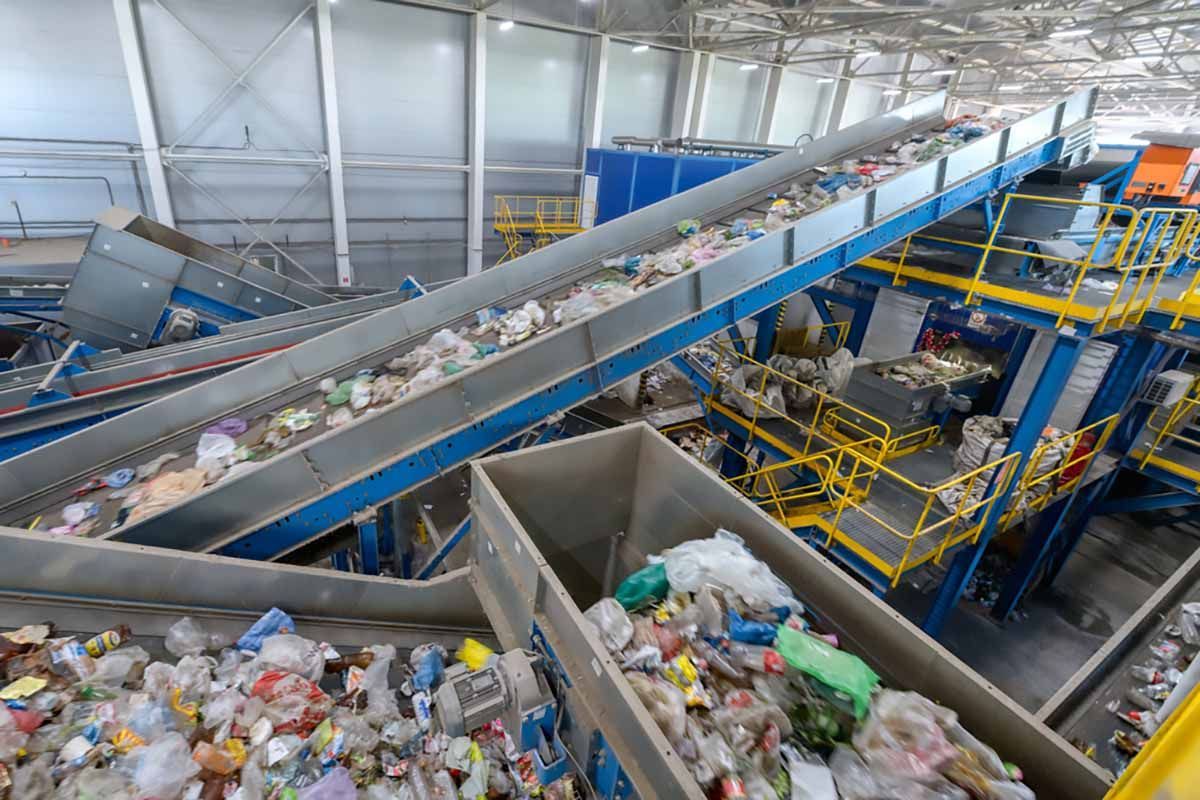City of Laurel
The City of Laurel, Maryland, established in 1870, has a deep and rich history within the state. Its long-standing independence and stability have fostered a strong sense of community, providing residents with valuable resources and support.
Laurel is deeply committed to sustainability, embedding green initiatives into its core values, creating a Sustainability Division and completing the City’s first Sustainability Plan as one of many ways to support a sustainable Laurel community. The city’s mission is guided by four foundational pillars: People, Planet, Prosperity, Peace and Partnership. Laurel defines sustainability as “meeting the environmental, social, and economic needs of the present generation without compromising the ability of future generations to meet their needs.”
Residents can engage with their community in numerous ways, including joining local clubs, participating in municipal committees, and taking part in community surveys. The city also hosts in-person events such as parades, farmers markets, and sustainability initiatives, further strengthening community bonds. To make waste management, recycling and organics recycling more accessible, Laurel provides detailed information on its dedicated Green Living Resource page found on the City’s website and partners with Recycle Coach, an app that helps residents easily access tailored information on residential collections, recycling and organics recycling. The Recycle Coach app also notifies residents of changes to their service days and special sustainability events.
The City of Laurel continues to lead by example in sustainability and community engagement. As environmentalist Wendell Berry once said, “The Earth is what we all have in common.” Laurel’s dedication to green living ensures that future generations will inherit a thriving, sustainable community.
NERC is thrilled to welcome the City of Laurel to our growing list of municipality members. We look forward to working with them to help advance our collective missions in safeguarding the planet.
For more information on the City of Laurel visit.
Share Post





